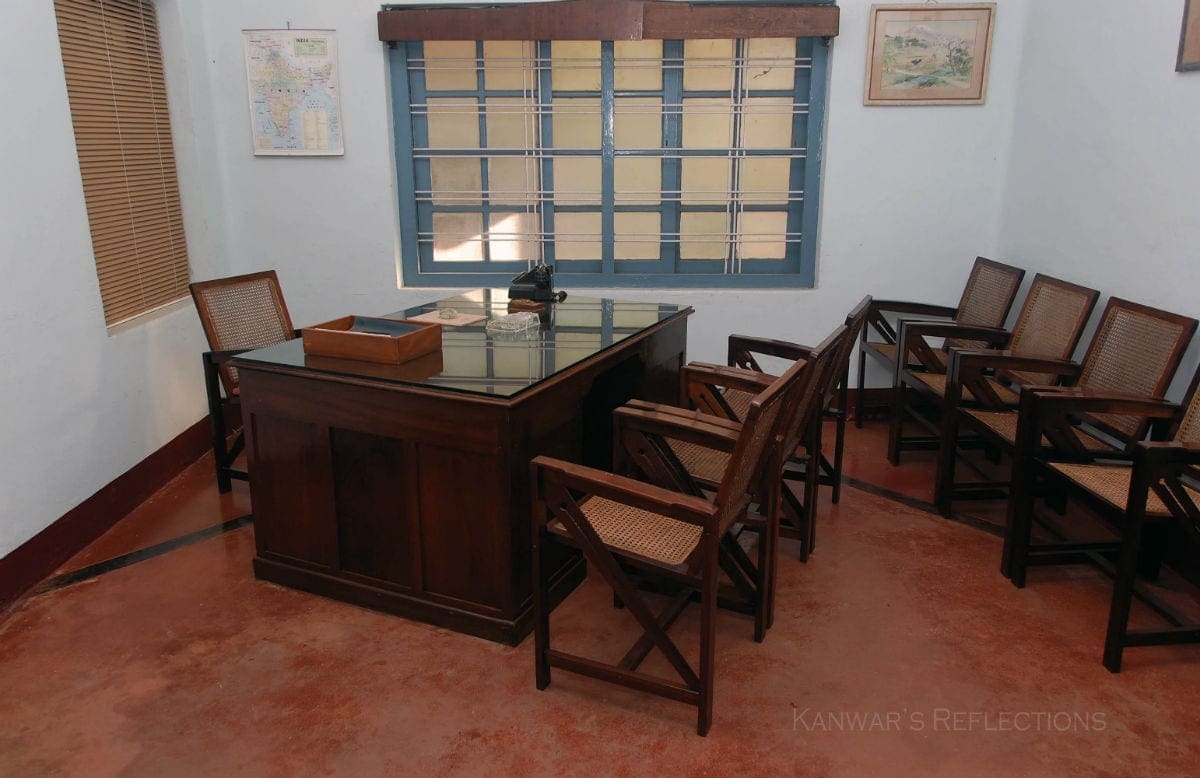
In today’s fast-paced business environment, companies are continually striving to maximize their potential, and one aspect of this is effective office space management. Office space management is a process that involves planning, organizing, and optimizing the use of office space to create a productive and efficient working environment. This article will explore what office space management is and its benefits and provide five steps to maximize your office potential.
What Is Office Space Management?
Office space management is designing, organizing, and managing a workspace to optimize productivity and efficiency while ensuring that the environment is safe, comfortable, and conducive to work. It involves analyzing the current workspace, identifying areas that require improvement, and making the necessary changes to maximize space utilization.
Adequate office space management is essential in today’s business environment, where office space can be a significant company expense. By managing office space effectively, companies can reduce costs, improve employee satisfaction, and minimize their carbon footprint.
What Are The Benefits Of Office Space Management?
Improves Employee Satisfaction
A well-managed workspace can significantly impact employee satisfaction, productivity, and well-being. When employees are provided with a comfortable and well-organized workspace, they are more likely to be productive and engaged in their work. Additionally, a well-designed workspace can help reduce employee stress levels, improve their mood, and increase their overall job satisfaction.
Realize Cost Efficiencies
Office space can be a significant expense for companies. However, by managing office space effectively, companies can reduce costs, optimize space utilization, and improve their bottom line. Effective office space management can help companies identify areas where they can reduce waste, eliminate unnecessary expenses, and optimize their use of available space.
Decreases Carbon Footprint

Effective office space management can also help companies reduce their carbon footprint. By optimizing space utilization and reducing waste, companies can minimize their energy consumption, reduce carbon emissions, and promote sustainable business practices.
Steps For Optimizing Your Office Space
Step One: Analysis
The first step in optimizing your office space is thoroughly analyzing your current workspace. This involves identifying your current space usage, the number of employees, and the types of workspaces required. This analysis should also consider the company’s future growth plans, which can impact the space needed.
During the analysis phase, it is also essential to identify any bottlenecks or areas of inefficiency within the workspace. This may involve evaluating the workspace layout, traffic flow, and the location of essential amenities such as restrooms and break rooms.
Step Two: Use Tools to Track
Once you have completed your analysis, the next step is to use tools to track and manage your office space. Several tools can help you manage your office space effectively, such as facility management software, space planning software, and occupancy sensors.
Facility management software can help you manage your office space by providing real-time data on your office space usage, occupancy rates, and facility maintenance requirements. Space planning software can help you create a floor plan that optimizes space utilization and provides a comfortable working environment. Occupancy sensors can help you track the use of individual workspaces and identify areas where space is underutilized.
Step Three: Ask the Team
The third step in optimizing your office space is to ask the team. This involves soliciting employee feedback on their workspace requirements, preferences, and suggestions for improvement. This feedback can be obtained through surveys, focus groups, or one-on-one meetings.
By involving employees in the office space management process, companies can ensure that their workspace meets the needs of their employees and promotes productivity and well-being.
Step Four: Establish Goals
Once you have obtained employee feedback, establishing office space optimization goals is the next step. These goals should align with the company’s objectives and consider employee feedback. Examples of purposes for office space optimization may include reducing space usage by a certain percentage, improving employee satisfaction levels, or reducing energy consumption.
Establishing goals is essential as it provides a clear direction for the office space management process and helps companies measure their progress over time.

Step Five: Implementation
The final step in optimizing your office space is implementation. This involves putting in place the necessary changes to achieve your goals. This may include redesigning the layout of the workspace, installing new technology, or implementing new policies and procedures.
During the implementation phase, it is essential to communicate any changes to employees and provide them with the necessary training to adapt to the new workspace. Regular monitoring and evaluation of the workspace should also be conducted to ensure that it continues to meet the company’s and its employees’ needs.
How Can Office Space Management Software Help?
Office space management software can be valuable for companies looking to optimize their office space. This software provides companies real-time data on space utilization, occupancy rates, and facility maintenance requirements, allowing them to make informed decisions about office space management.
Space planning software can also create a floor plan that optimizes space utilization and provides a comfortable working environment. This software can help companies visualize the workspace and identify areas where space is underutilized or could be better utilized.
Occupancy sensors can also be used to track the use of individual workspaces and identify areas where space is underutilized. This data can be used to make informed decisions about office space management and ensure that space is used efficiently.
Conclusion
In conclusion, office space management is a critical process that can significantly impact a company’s productivity, employee satisfaction, and bottom line. By analyzing the current workspace, using tools to track and manage office space, soliciting feedback from employees, establishing goals, and implementing changes, companies can optimize their office space and realize significant benefits.
Office space management software can also be valuable for companies looking to optimize their office space. This software provides companies real-time data on space utilization, occupancy rates, and facility maintenance requirements, allowing them to make informed decisions about office space management.
Effective office space management is essential in today’s fast-paced business environment, where office space can be a significant expense for companies. By managing office space effectively, companies can reduce costs, improve employee satisfaction, and minimize their carbon footprint.




Be the first to comment